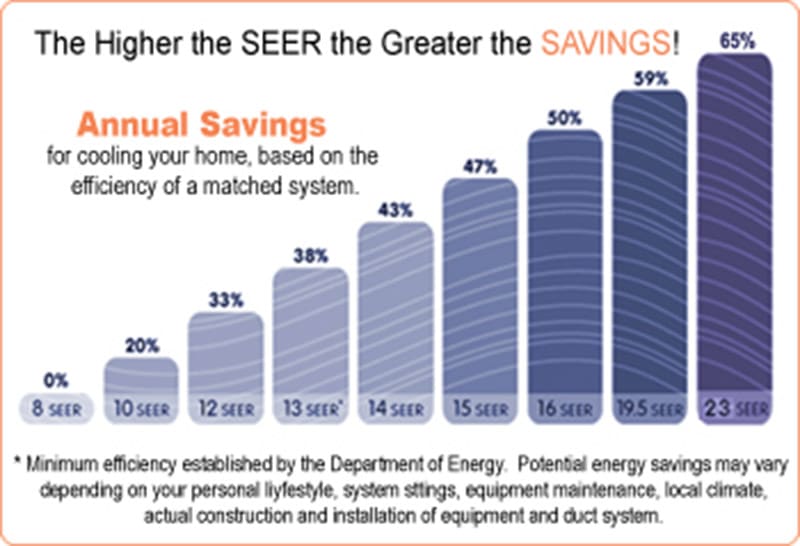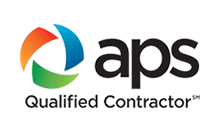AC Repair, Replacement Gilbert, AZ & the East Valley
To help you learn more about making the best energy savings choice for your home, we have listed some key factors that affect heating and cooling efficiency
Department of Energy Measurements and Standards
In 1992, the Department of Energy set up a system to measure efficiency and established efficiency standards for the heating and cooling industry. Any predated, inefficient units can be wasting your energy dollars. Remember, no product can be 100% energy efficient. Actual savings on a new system depend on several variables: the weather in your area, utility costs, the insulation of your home, the installation of your existing system, and your personal comfort preferences. Generally, if you live in a hot climate, you may benefit from a higher SEER cooling unit. If the cold outlasts the warm weather and you have above average fuel cost, you may need a higher AFUE furnace.
Environmental Protection Agency Energy Star Program

The Energy Star Program, initiated by the Department of Energy and the EPA, promotes the use of energy efficient products. Look for the Energy Star symbol on our units that rate in the high numbers of efficiency.
SEER
SEER stands for Season Energy Efficiency Ratio and applies to central air conditioners and heat pumps. The minimum set by the Department of Energy is 14 SEER and for Energy Star, 15 SEER. The higher the SEER, the greater the energy efficiency.

* Minimum efficiency established by the Department of Energy. Potential energy savings may vary depending on your lifestyle, system settings and usage, equipment maintenance, local climate, actual construction and installation of equipment and duct system.
AFUE
AFUE stands for Annual Fuel Utilization Efficiency and applies to heating products. The minimum set by the Department of Energy is 78% AFUE and for Energy Star, 90% AFUE. The higher the AFUE, the greater the energy efficiency.

HSPF
HSPF stands for Heating Seasonal Performance Factor and measures heat pump efficiency. The minimum set by the Department of Energy is 6.8 HSPF and for Energy Star, 8.2 HSPF. The higher the HSPF, the greater the energy efficiency.
Energy Savings
Matching components help a system achieve maximum design efficiency. Trane follows our recommendations when installing the outside condensing unit for an air conditioner and the evaporator coil inside with your furnace or air handler. In a ductless mini split system like this, the outside and inside must be matched. If you update one and not the other, you lose efficiency.











